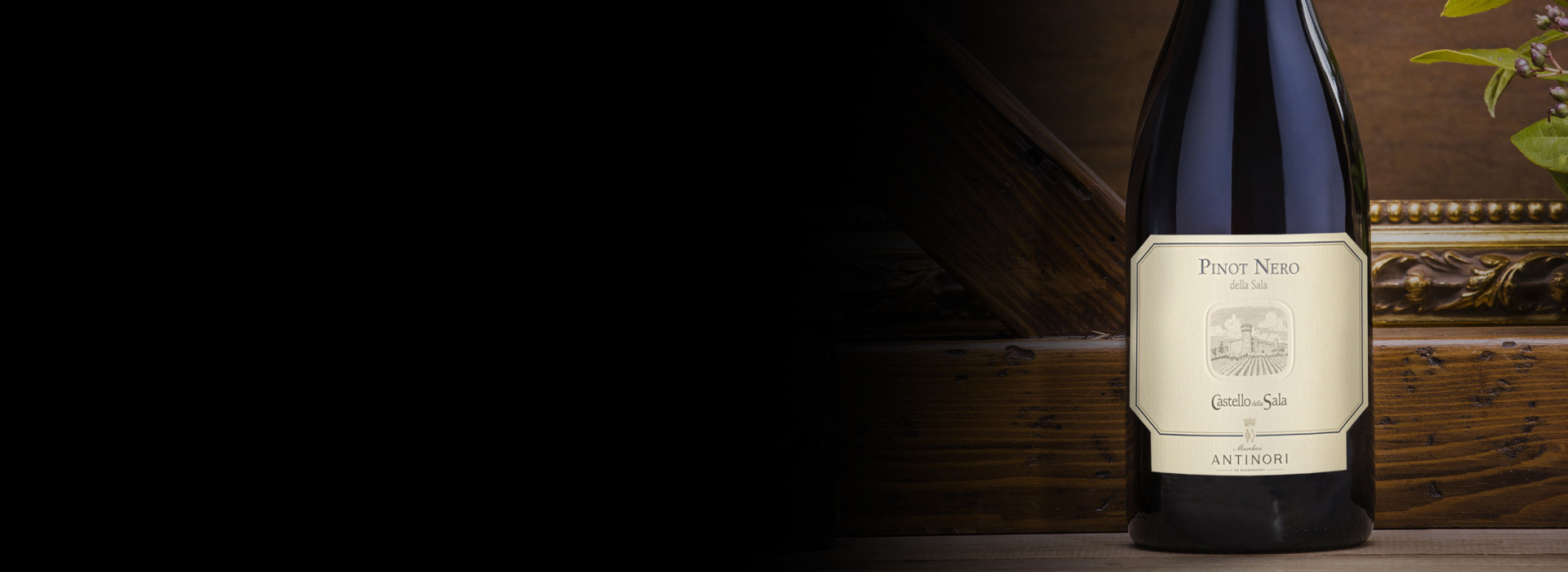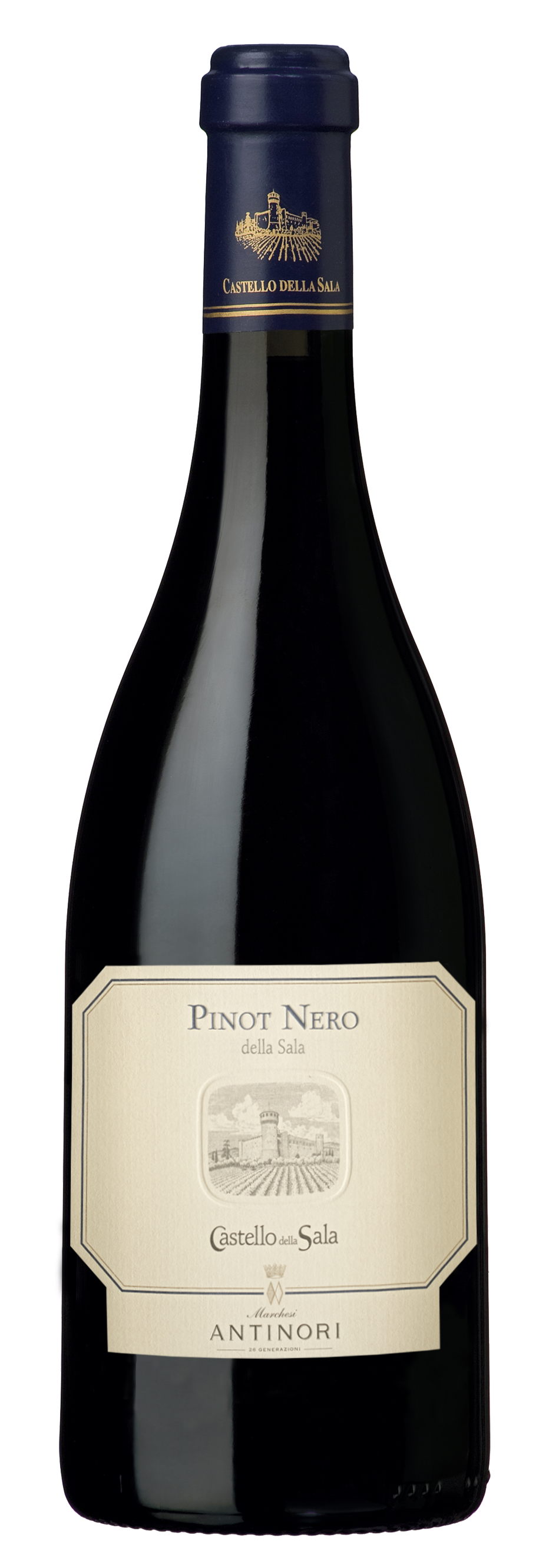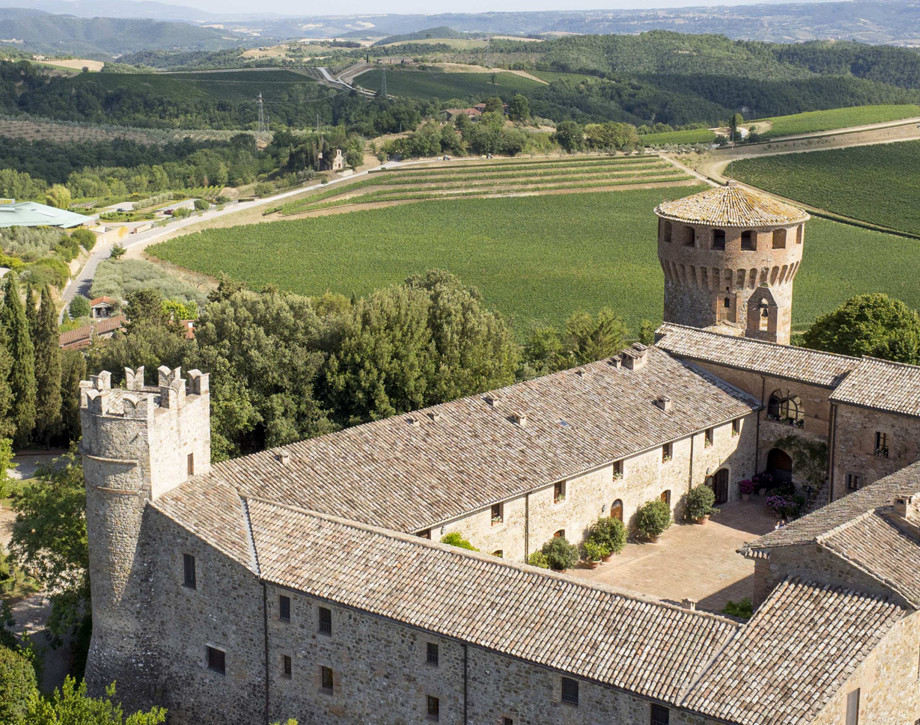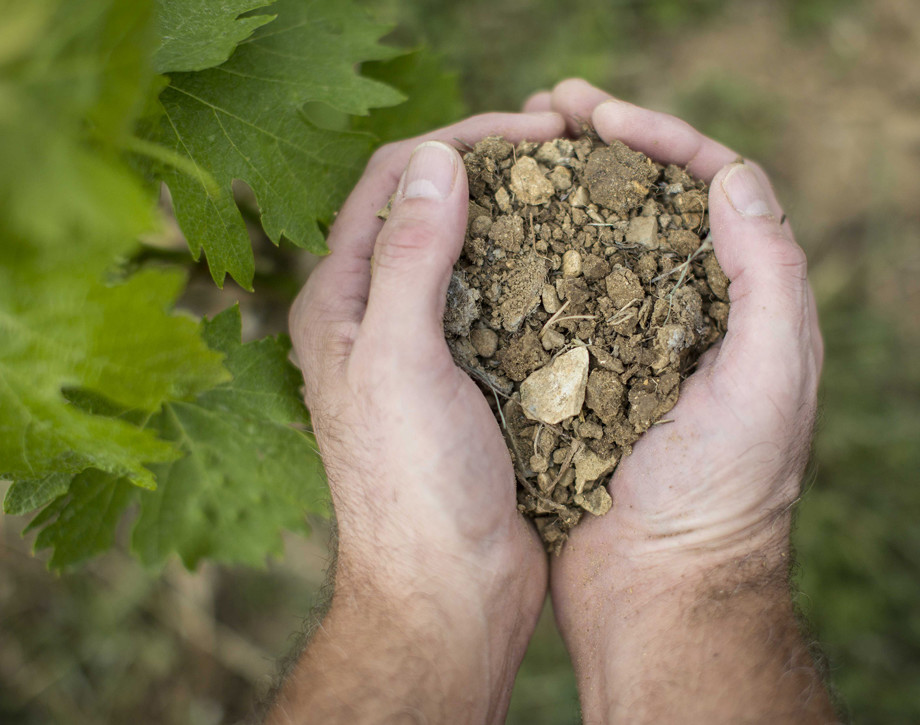Pinot Nero della Sala

The Wine
The first vintage to be produced was the 1990 vintage. The wine is made entirely with Pinot Nero grapes and is considered Cervaro’s alter ego: together they represent the two different expressions of Castello della Sala’s complex and refined spirit. Four hectares (10 acres) of Pinot Nero vineyards sit at an altitude of 400 meters (1312 feet) above sea level on calcareous soils rich in fossils with sedimentary sands from the Pliocene epoch.
Historical Data
The ten acres (four hectares) of Pinot Noir grapes at the Castello della Sala estate are situated at an altitude of over 1300 feet (400 meters) above sea level on calcareous soils rich in marine fossils which alternate with strata of sedimentary sands from the Pliocene epoch. The wine was first produced in 1990. Castello della Sala is a fortress erected in the 14th century located approximately ten miles (18 kilometers) from the city of Orvieto and was acquired by the Antinori family in 1940.

The Wine
The first vintage to be produced was the 1990 vintage. The wine is made entirely with Pinot Nero grapes and is considered Cervaro’s alter ego: together they represent the two different expressions of Castello della Sala’s complex and refined spirit. Four hectares (10 acres) of Pinot Nero vineyards sit at an altitude of 400 meters (1312 feet) above sea level on calcareous soils rich in fossils with sedimentary sands from the Pliocene epoch.

A red amidst whites
At Castello della Sala, an area historically important for white wines, Pinot Nero offers an authentic and typical expression of its variety with a strong territorial character.
Winding vineyards
The 4 hectares (10 acres) of Pinot Nero grow along the hillsides shaping the landscape into a series of sinuous terraced vineyards.
Understanding nature
The particularly hot climate of Castello della Sala has forced agronomists to invent new ways to protect the grapes from the hot summer sun. The vines’ shoots are allowed to grow in length and are then folded over the plant so its leaves can shade the Pinot Nero grape clusters.
Climate
The temperatures throughout the winter were rather severe, while the springtime temperatures were rather mild and well-balanced. The fruit setting and flowering took place normally thanks to warm and steady temperatures. The months of July and August were hot but without peaks in temperature, thus permitting grape maturation to take place gradually and regularly, even if the plants were ready for harvest slightly later than usual. The rain conditions during this season contributed nicely and permitted the vines to come through the summer season without extreme stress. The grapes were characterized by a good percentage of sugar and the right polyphenol content.
Vinification
The grapes were harvested in vineyards at an altitude of 400m in the Castello della Sala estate near Orvieto, in Umbria. After destemming and partial crushing, the grapes were placed in stainless steel vats. Maceration lasted about a week, during which great care was taken to fully extract the colouring substances. Alcoholic fermentation was completed at 26°C in French oak barriques (Alliers, Troncais), as well as malolactic fermentation. The wine aged in the barriques for 8 months, after which it was bottled. It was then aged in the bottles for 15 months in the historical cellars of Castello della Sala, before release.
Historical Data
The ten acres (four hectares) of Pinot Noir grapes at the Castello della Sala estate are situated at an altitude of over 1300 feet (400 meters) above sea level on calcareous soils rich in marine fossils which alternate with strata of sedimentary sands from the Pliocene epoch. The wine was first produced in 1990. Castello della Sala is a fortress erected in the 14th century located approximately ten miles (18 kilometers) from the city of Orvieto and was acquired by the Antinori family in 1940.
Tasting Notes
Hints of cherries and spices, balanced and elegant in Burgundy style.
Scheda

Castello della Sala
Castello della Sala is located in the Umbria region, not far from the Tuscan border, about 18 kilometers from the historic city of Orvieto. The Medieval castle’s property extends over an area of 600 hectares (1482 acres), 229 hectares (495 acres) are planted with vineyards at an altitude that varies between 220 and 470 meters above sea level (722/1541 feet) on the gently rolling hillsides that characterize the beautiful countryside in this area. Castello della Sala is the perfect place for growing white varieties. The vines grow in clay and calcareous based soils, rich in fossil shells, and they are well exposed to the rising of the sun with an excellent difference of temperature between day and night. The one exception to the rule is Pinot Noir, the only red variety that has found in this area ideal growing conditions to best express its full potential.

Soil
Calcareous soil with fossils and sedimentary sand dating back to the Pliocene period.


















